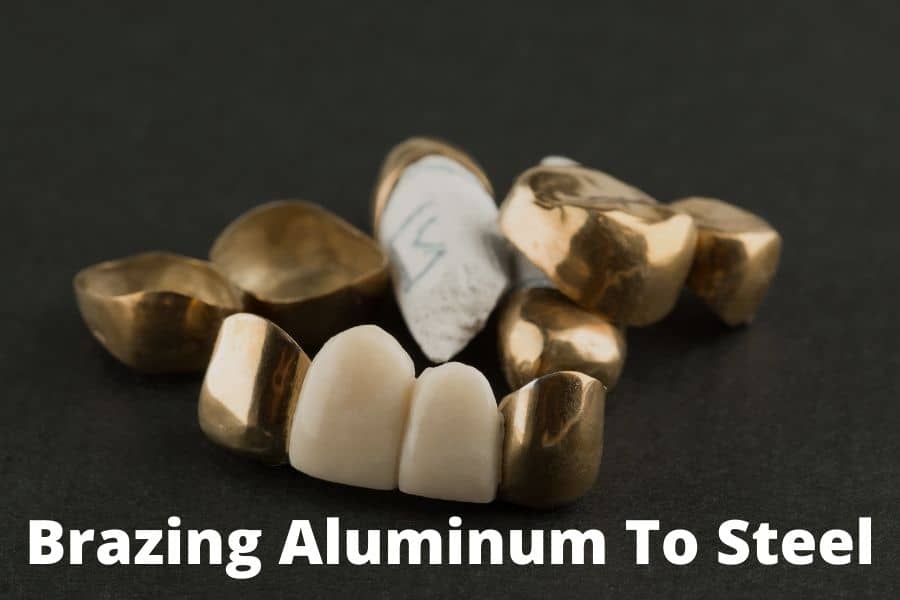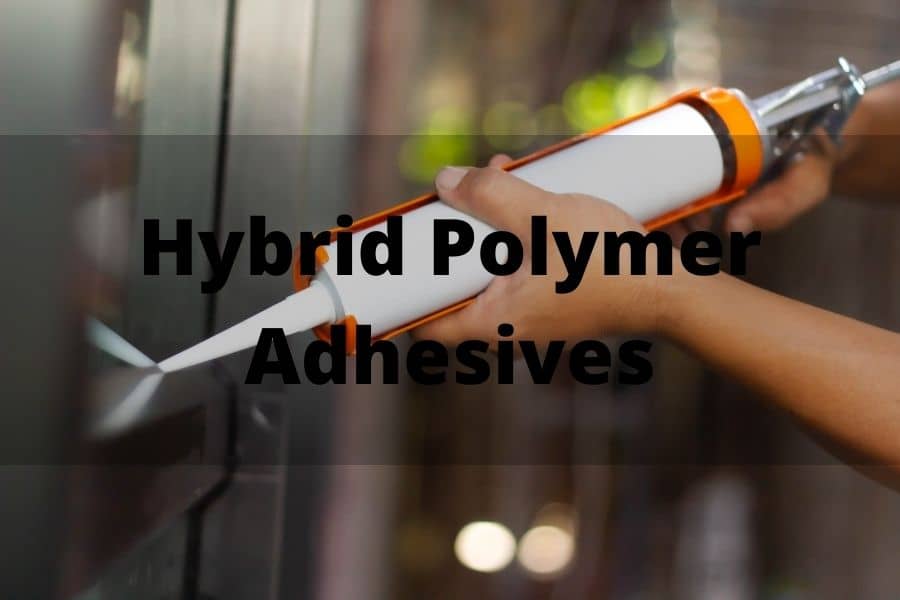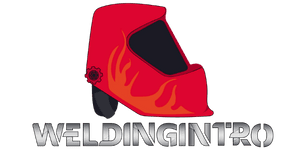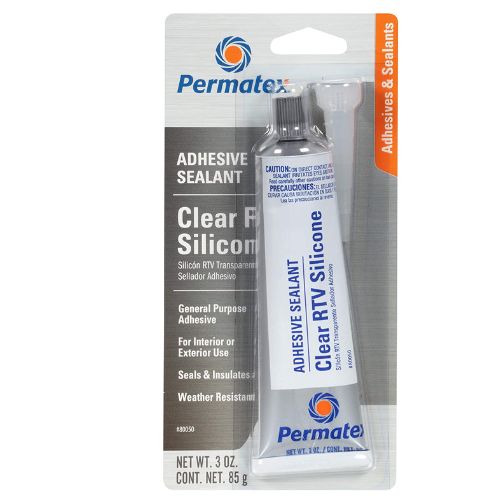Steel and aluminum both are great metals to make tools and structures. One gives great durability, while the other is excellent for lightweight. So, if you have to get the benefits of both, you can attach them together. Attaching aluminum to steel is not so difficult task.
One can easily join aluminum and steel together. Unlike welding steel to steel, aluminum to steel are not required to do mig, tig or stick welding. There are many procedures of joining the metals together that we are going to discuss in this post.
Here, We will cover here the ways to how to attach aluminum to steel.
Let’s get started.
1. Joining Aluminum To Steel Through Brazing

Brazing is a good to join aluminum to anything. However, it’s not the simplest of methods. You have to be very precise with the process and make sure to maintain a lot of cleanliness. Here is how to adhere aluminum to steel-
- To do brazing, you have to get a brazing rod and flux. Try getting an low temp aluminum brazing rod for better compatibility and results. Once you get the rod and flux for the process, the rest is quite easy.
- First of all, dip the rod into the flux and use the rod to paint the joint where you want to do brazing.
- Next, you have to heat around the flux properly, so you get proper heat distribution in your brazing process. When you are doing this make sure, you don’t heat the flux directly; let your base metal do the heating.
- Once the flux heats up, it will turn brown. Right when you see some bubbles popping up, add the filler rod to do the brazing. No need to put pressure as the rod will soften up and attach on its own.
- Lastly, keep putting on some heat there until the whole joint is complete. Then let the joint air dry. And that’s it; you are done.
You have to make sure that you are maintaining the proper temperature for the aluminum rod and flux in this whole process.
2. Through Explosion Welding (Bimetallic Transition Inserts)

If you are thinking of welding aluminum to steel, then there are some things you have to know. The first thing is you can’t use the usual welding processes like TIG, MIG, or Stick. Because these methods are preferable for similar metals that have the same melting point consequently why you cannot use galvanized steel electrodes to weld steel to aluminum.
When you opt for these methods and try to join aluminum with steel, you will miserably fail as they have different melting points.
Having said that, you can try out explosion welding to join these metals. It gives you a strong joint between these metals. And the process is pretty simple.
- You have to start with grinding the metals you want to join. This will get rid of any debris or imperfection in the metals.
- Then you have to get the explosive material that will cause the detonation. This explosion will fuse the two metals.
- You have to put the thicker metal below and the thinner one on top. Then place the explosive on top of the thinner metal and light it up. This will start the fusing process, and both the metals will start joining.
This is a method used in industrial application and making metals that are already aluminum and steel joints. You can’t do that for regular metals and joints.
3. Using Hybrid Polymer Adhesives

As you can already tell by the name, it’s a kind of adhesive that joins metals. This is a great way to join dissimilar metals while keeping their characteristics intact.
When it comes to hybrid polymer adhesives, you get excellent joint strength, resistance to other chemicals and temperature extremes, and so on. If you want a quick, easy, and long-lasting solution to join aluminum and steel, then you should go for CT1 hybrid polymer adhesive.
CT1 has come up with the best possible adhesive solution for metals. You can get efficient and powerful joints from these adhesives when it’s about joining aluminum to steel. The process is also pretty straightforward. All you do is use it like you would use an adhesive; that’s it.
Now, the drawback with this method is that you can’t use this for powerful bonds. It’s not preferable for structural purposes. You can surely use this for some light joints you may need for your home projects.
Check out some hybrid adhesives
4. Aluminizing Steel (Low Carbon Steel)
Aluminizing steel is another way you can make joined materials. It’s diffusing aluminum on steel. The most popular way of aluminizing steel is hot dipping. Here’s how you do it.
First of all, you have to clean the steel properly. This is your core metal for the process. Then, you make a mixture of aluminum and silicone with 11% aluminum in there. Get the mixture to 1318F temperature. Finally, dip the steel in the mixture and pull it out.
Later on, you have to air dry the steel. Once the aluminum from the mixture diffuses into the steel, you will get steel with an aluminum coating. This is a great way to get the benefits of both steel and aluminum in one metal. In this way aluminum bonding strength would be very firm and solid.
Steps To Take To Avoid Galvanic Corrosion
When you are immersing two different metals in a conductive solution, galvanic corrosion may occur. Here, one of the metals will be protected, and one will be corroded. However, you can prevent that from happening through the following ways-
- Choose metals that have the same corrosion potentials.
- You can do a coating on both materials to avoid galvanic corrosion. Just make sure they are in good condition.
- Using a properly sized space in between the materials to separate them can also be helpful.
- You can use an additional anode to the galvanization process. This anode will work as a sacrificial piece and help save the other anode from corrosion.
- There are corrosion inhibitors that you can find out there. Adding them to the environment will help you avoid galvanic corrosion.
- You can also try breaking the electrical connection of the metals. All you have to do for that is insulate the materials from each other.
Wrapping Up
In short, there are several ways on how to attach aluminum to steel. There is no one best solution for this to work out. Because every single method here has its significant purpose that you can use for your specific needs.
Which one you will choose depends on what application do you have for this.





5 thoughts on “How To Attach Aluminum To Steel (4 Ways To Join Steel To Aluminum”